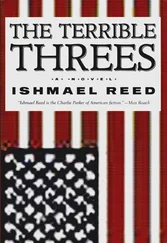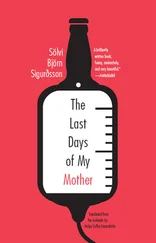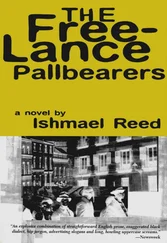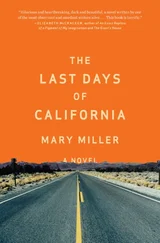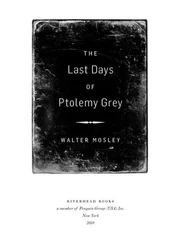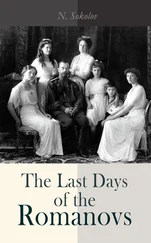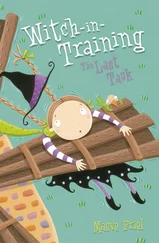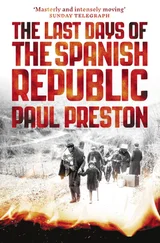“Yes, I know. Quite a coincidence. In Filipino it means ‘to chase out, as in evil spirits, to make it go away.’ LaBas is everywhere.”
“That Marie was quite a show woman. She’d have her dancers leaping about.”
LaBas glances at his watch. “Look, I have to return to the Works for a little midnite duty. Gather more leads. I fail to see what this story has to do with Ed’s murder.”
“I’ll explain,” she continued, as LaBas lit her cigarette. “Once in a while Marie would throw a real authentic rite for the colored people so they wouldn’t dismiss her as Queen of the Business. She’d put on a rousing affair for them which she would call playing at the Apollo. Well, about the time Doc John came to town, she was at the height of her power and prestige. New Orleans will never forget Doc John, or to be exact, Doc John II.
“Doc John, as he called himself, didn’t need the Madison Avenue-styled show-biz tricks to get his Gumbo across because he had gone even beyond Marie, whom Business people all over the world acknowledged as a distiller, successfully fusing the Business with Catholicism. She was real tight with a priest named Pierre Antoine, and before she died a Catholic she cooperated with the Church to drive the Business underground.
“She was against the dark-skinned people and thought that with the end of slavery they wouldn’t know their place — many of her clients were wealthy Confederates. This attitude was in marked contrast to that of one of her protégés, Mammy Pleasant, who hid the slaves and was responsible for many gaining their freedom through the underground railroad. In fact, Marie smuggled Mammy Pleasant out of New Orleans to San Francisco, where Mammy Pleasant gained quite a name for herself. No negro man has ruled a city as much as Mammy Pleasant ruled San Francisco. She helped finance John Brown’s raid on Harpers Ferry.”
“The Business has room for all kinds — right, left, etc.”
“You know it. Well, Doc John was getting a lot of clients, and this got Marie upset. She got her Mafia connections to harass Doc John. There were lots of Italians in N.O. at that time who struck a common bond with the negroes because they were persecuted too. Eleven were lynched on March 14, 1891, in New Orleans, and Italy almost went to war with the United States over the incident.
“Doc John was living in a house full of women — white black yellow brown and red — and the house was full of babies. Marie then tried to get some dope on him. You know, she just about ruled New Orleans with her network of domestic help. She had a domestic spy network, and they would give her all of the goods on the rich and powerful people in town, their employers.
“The powerful people of the town would come to Marie and be amazed at how much she knew about the secrets of their homes. Powerful women flocked to her ceremonies; some danced in the nude, and white gentlemen would go to these ceremonies to engage yellow women. Marie took the ceremonies off the streets and indoors. Had an old club called Maison Blanche — the beginning of the speakeasies. She had all of this, and still she was afraid of Doc John’s competition. So she decided to send him a Bill.”
“A bill?” LaBas asked.
“Yes, a Bill, you know.”
“O, that kind of Bill.”
“See, her lies didn’t hurt Doc John because though people would viper-mouth the man, they knew that he was essentially clean. So every time she had her cronies put a technical or hidden clause on Doc John he would interpret them in ways they couldn’t understand, and Marie became so frustrated that she sent Doc John a past due. Well, that did it. Doc John went to her apartment with the Bill and flung it down on Marie’s table. He said, ‘You didn’t think that this would frighten me, did you?’ Marie sat there, her heart palpitating and her lashes fluttering. Doc John was a big old negro man with coal-black skin and Nigerian scarification on his face. He was always dressed like a prince. Marie didn’t know whether to love the man or mutilate him. You know how passion works.”
“I sure do,” LaBas said. “That I do.”
“After news of this episode got around, people began calling Marie’s stuff Louisiana Red, you know how people talk.”
“Louisiana Red, yes. We got rid of it at the Ted Cunningham Institute back east, but it still runs rampant out here. Louisiana Red: toad’s eyes, putting snakes in people, excrement, hostility, evilness, attitude, negroes stabbing negroes — Crabs in a Barrel.”
“Yes, if Louisiana Red is anything, it’s Crabs in the Barrel. Each crab trying to keep the other one from reaching the top. Who knows? The crab might get outside and find that the barrel was made of sand all along and that their entrapment was an illusion, but they won’t give each other that opportunity to get over the rim to find out.
“Louisiana Red was a misuse of the Business. It gets hot quick and starts acting sullen — high blood pressure is its official disease. Marie decided that she was going to finish off Doc John. That’s when he took her daughter.”
“What?”
“Marie Philome; looked just like Marie. People couldn’t tell them apart. One day Marie saw one of her clients leave her house when she knew that the woman had an appointment with her and she wasn’t late. She found out that Marie Philome had done it.”
“Done what?”
“Impersonated her mother and sold the woman some Business.
“When Doc John took her child, Marie put out a contract on him. She was mad. Louisiana Red mad. Hot. You know how all those songs come out of Louisiana — those homicide songs, ‘Frankie and Johnnie,’ ‘Betty and Dupree,’ ‘Stagalee.’
“Wasn’t long after that Doctor John showed up dead. They say he got her daughter pregnant and that infuriated Marie. He was too dark-skinned for her daughter. She had some fair-skinned children, so fair-skinned that one of them passed for white and wouldn’t recognize Marie as her mother because she was ashamed of her. One of her sons went to Paris and tried to become a painter, giving up America altogether. There were lots of these fair musicians and artists and writers who went to Paris and studied; the Renaissance had happened before. But anyway, some tried to say it was an Orpho killing.”
“Orpho killing?”
“Orpho was killed by the women followers of Dionysius; it was a revenge killing. They tore him to pieces. He disliked women and wouldn’t permit them to come within twenty feet of his temples.
“Likewise with Doc John. They tried to blame his killing on his female followers, but it was Marie who was arrested and put in jail. She had the strongest motive in town. Well, Marie got her powerful connections to spring her, and nothing was ever made of it after that. Marie had too much power, and that was the end of the first attempt by a brother to run the ‘Business’ in America; it was mama before and it’s been mama ever since. Marie was so big in N.O. that the mayor awarded her a plaque for Woman of the Year.
“They gave Doc John one of the biggest funerals they ever had in New Orleans. Buried him in that blazing red horseman’s jacket he loved to wear, and the yellow top hat was laid on the casket. He loved to ride horses, and when he rode this pretty auburn-colored horse down South Ramparts Street, all the ladies sighed. You should have seen those women, hi-yellow gals, sassy black, melancholy brown, hi-society women giving him those glances. Giving him the eye. Marie Philome took it real hard; almost threw herself into the grave after him. People in the crowd testified to how he had helped them. Well, there was a lot of butchering of Doc John’s followers after that; Marie’s police looked the other way. Finally the band fled to Algiers, across the river from New Orleans. That’s where Ed Yellings contacted them. They knew Doc John’s recipes of Slave Medicine — medicine handed down through the generations and enriched by the fact that all of the African tribes merged their knowledge in the New World. You know, the slaves brought their mythology and everything here, and it underwent modifications.
Читать дальше


